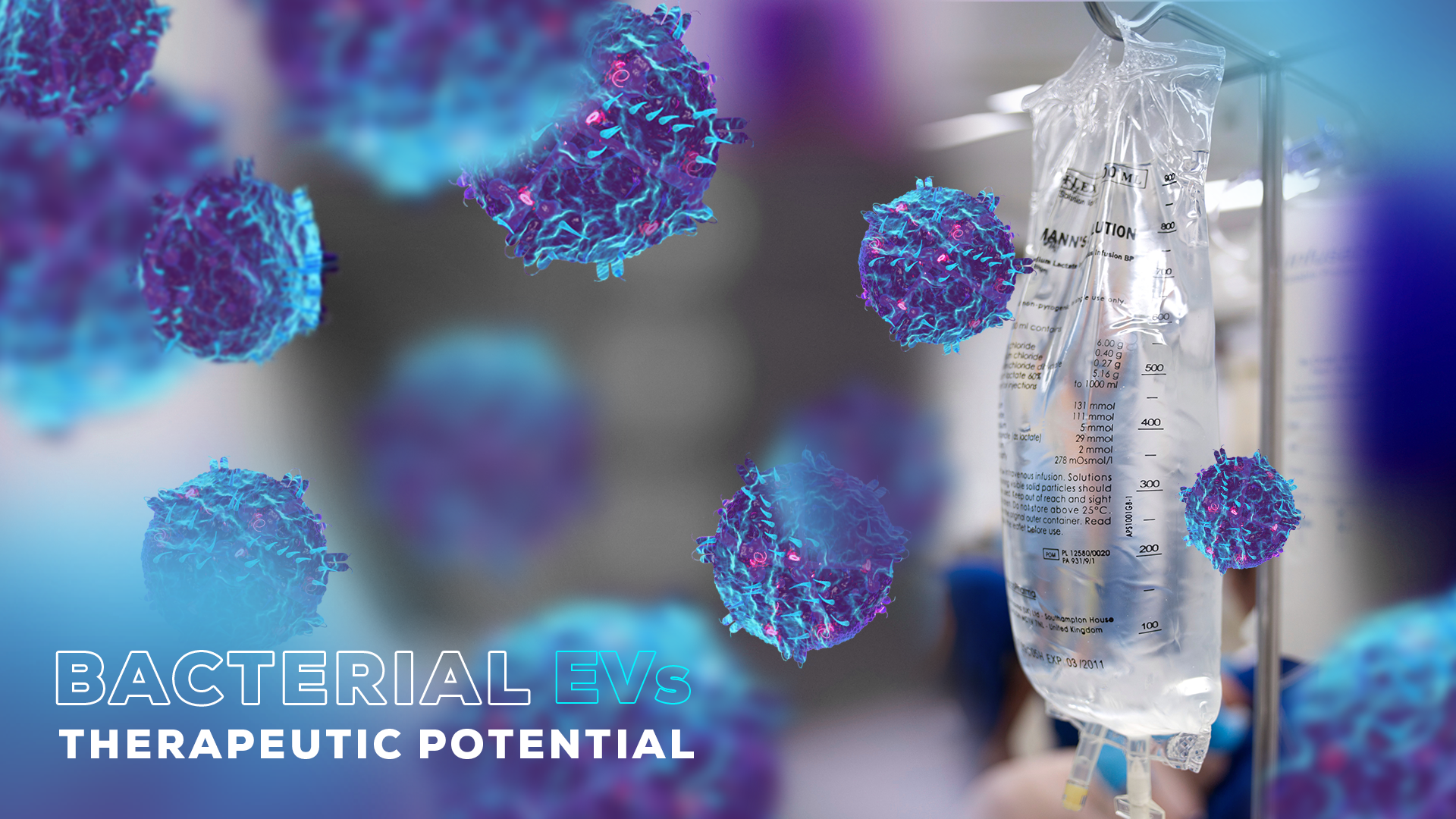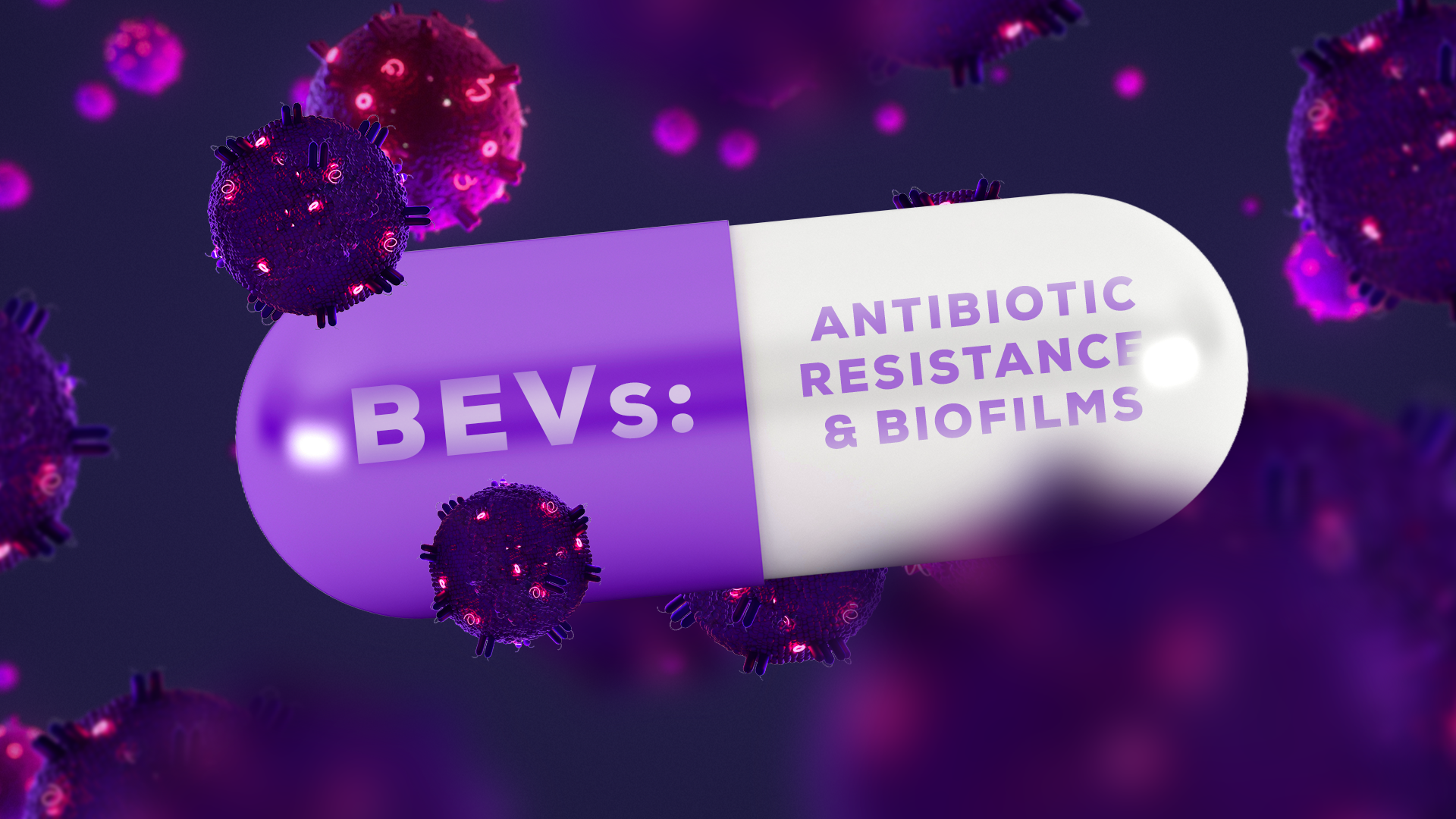Characterization of Spirulina-derived extracellular vesicles and their potential as a vaccine adjuvant
Spirulina. It’s found in smoothies (with an acquired taste), supplements and it’s now on track to becoming a component of vaccines, thanks to a study by Sharifpour et al1.
Sharifpour et al. theorised that spirulina-derived extracellular vesicles (EVs) could be a promising vaccine adjuvant. To test this theory, they isolated spirulina-derived EVs using qEVoriginal 35 nm columns. The researchers found that our Tunable Resistive Pulse Sensing (TRPS) instrument, the Exoid, was more accurate at analysing these EVs than Nanoparticle Tracking Analysis.
So, was their theory proven? Well, the headline result is that spirulina-derived EVs increased the immune response to a vaccine for the parasite Schistosoma haematobium in mice, compared to an unadjuvanted vaccine. This is ideal, as it’s this immune response which helps the body to prepare for infection. While there’s a long way to go before you’ll see spirulina in vaccines, the results from this study are promising. Still, we’d prefer that it stayed out of our smoothies.
Paper-based electrochemical device for early detection of integrin αvβ6 expressing tumors
Cinti et al. developed a cost-effective device that can detect small extracellular vesicles (sEVs) associated with various epithelial cancers3. The most impressive thing? They printed it on paper.
Many cancers are difficult to detect, often requiring invasive and expensive tests, and are diagnosed too late to treat effectively. One key epithelial cancer marker, the αvβ6 integrin receptor, is commonly found on cancer cell-derived sEVs. In this study, the researchers built on their previous work, where they developed a chemical with an affinity for αvβ6.4 They attached this chemical to paper printed with a silver/silver chloride ink electrode. When αvβ6 binds to the device, it briefly blocks the current, which changes the signal.
TRPS employs a similar principle and relies on transient changes in electrical current (blockades) to identify nanoparticles. To work out what size of EVs their sensor was registering, the researchers used TRPS via the Exoid. One shortcoming that the authors noted is that although the sensor can accurately detect the presence of αvβ6, it cannot determine concentration, making detection more of a yes/no signal. Perhaps with future adaptations, this technology could more accurately determine αvβ6 concentration levels.
Extracellular vesicles produced by HIV-1 Nef- expressing cells induce myeline impairment and oligodendrocyte damage in the mouse central nervous system
Schenck et al. investigated Nef EVs, which are produced by HIV, to learn more about HIV-associated neurocognitive disorders (HAND)5. HAND can occur even when HIV is well controlled by treatment, with symptoms including memory loss, difficulty learning & processing information, and loss of attention6.
Myelin is the insulating layer around neurons that helps to transmit information quickly. Oligodendrocytes are the cells that form this myelination within the brain and spine, and when myelin is damaged, brain function slows down. In their study, the researchers measured Nef EV concentration by TRPS, using the Exoid. They injected either Nef EVs or an empty vector control into the brains of mice. After three days, they analysed the white matter.. The Nef EVs damaged oligodendrocytes, with the Nef EV-treated brain slices showing more than twice the myelin damage compared with the control group. The researchers suggest that Nef EVs mediate this damage both directly, and indirectly by disrupting astrocyte and microglial function.

Comparison of cell-free and small extracellular vesicle-associated DNA by sequencing plasma of lung cancer patients
Moldovan et al. examined the small extracellular vesicles (sEV) DNA content from lung cancer patients, with the aim of using sEV DNA information for diagnostic purposes.
The researchers collected plasma from sixteen late-stage lung cancer patients and purified the sEVs using a qEVoriginal 70 nm column. They then used TRPS, via the Exoid, to determine when sEVs (mean size ~144 nm) eluted from the column. Interestingly, the DNA in sEV-containing fractions included the expected short DNA fragments, but also longer DNA fragments – suggesting sEVs may offer potential protection from DNA degradation. However, despite this protection, there was less tumour-derived DNA in the EV-containing fractions compared with later fractions, which primarily contain cell-free DNA. This suggests that in late-stage lung cancer, most circulating tumour DNA may not be associated with sEVs. Further work with a larger sample size and an earlier stage cancer cohort would be required to verify these findings.
Small Extracellular Vesicles Derived from Lipopolysaccharide-treated Stem Cells from the Apical Papilla Modulate Macrophage Phenotypes and Inflammatory Interactions in Pulpal and Periodontal Tissues
Going to the dentist could become a little easier if researchers from Nantes Université succeed in developing a method to help regenerate tooth pulp using the power of EVs.
For tooth pulp regeneration to occur, the macrophages orchestrating this process need to switch from the pro-inflammatory M1 state into the anti-inflammatory M2 state – a shift that affects osteoblasts, the bone-forming cells essential for tissue repair. Could EVs derived from tooth stem cells help in this process?
Tessier et al. investigated this by isolating EVs from lipopolysaccharide (LPS)-treated dental stem cells (LPS EVs) and untreated cells (control EVs). Both had a mean size of 100 nm as determined by TRPS using the Exoid, however LPS EVs were more abundant. When added to macrophages, LPS EVs promoted an M1-like phenotype, while the control EVs and previous research suggests EVs can also drive an M2 response.9 These findings position EVs as key players in inflammatory signalling between stem cells, macrophages, and osteoblasts. Understanding this crosstalk could lead to new strategies for controlling inflammation and promoting tissue repair.










